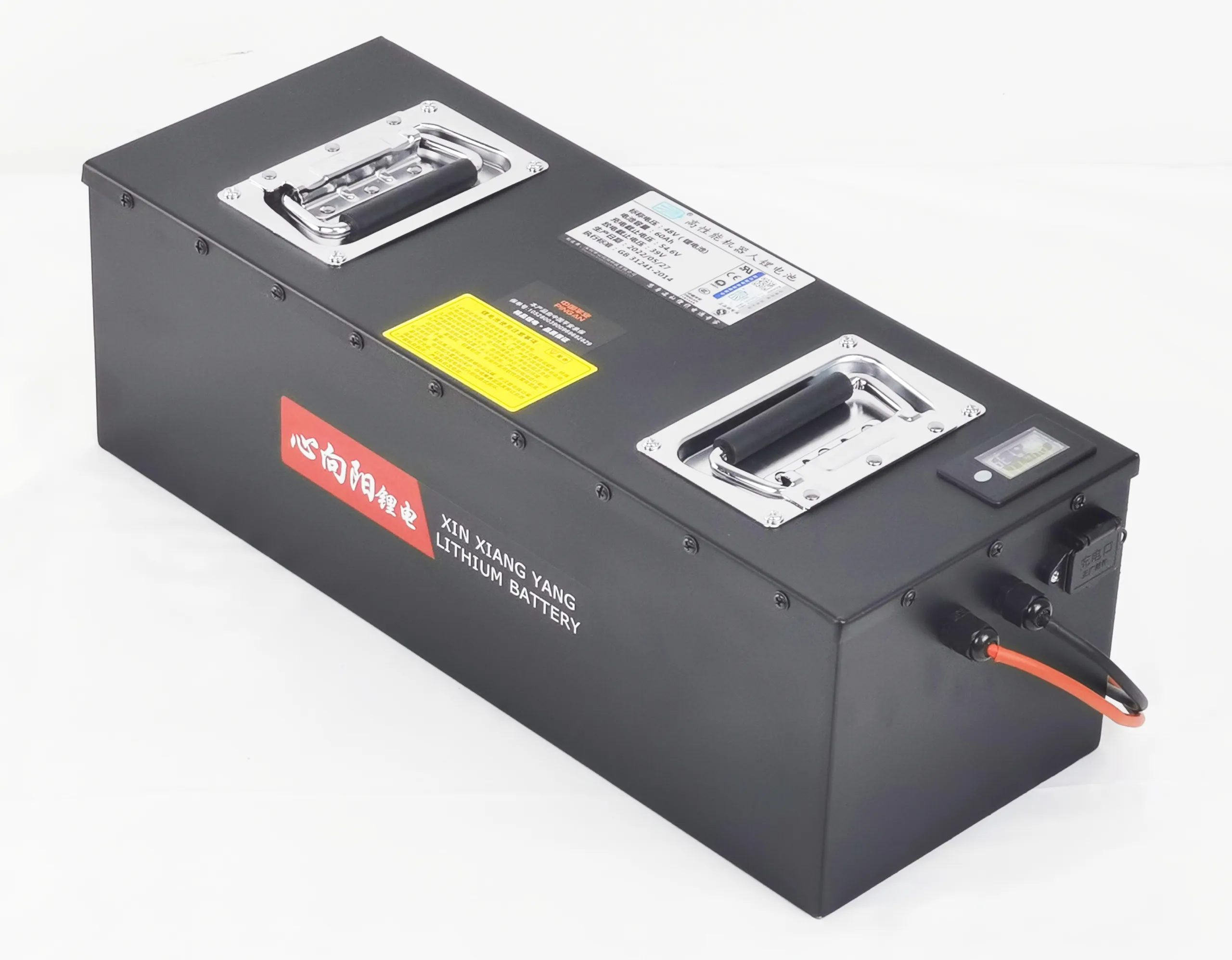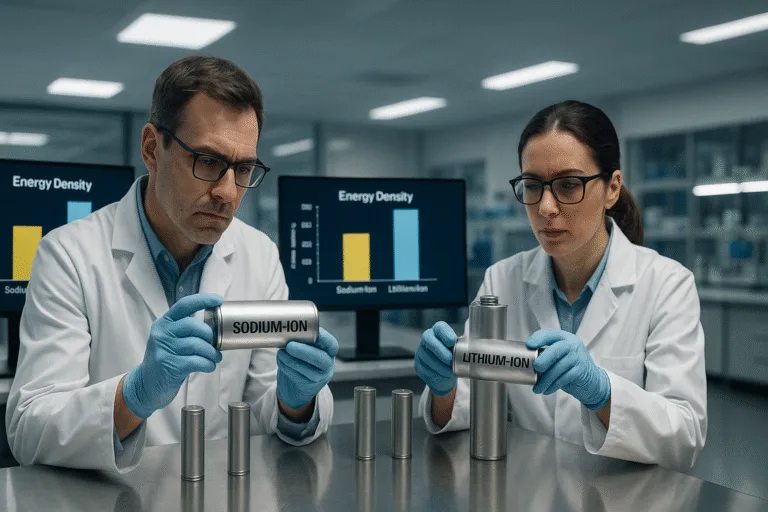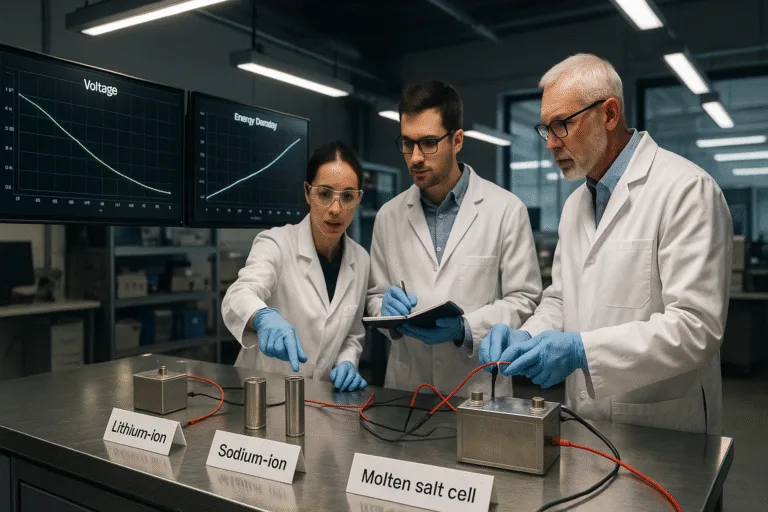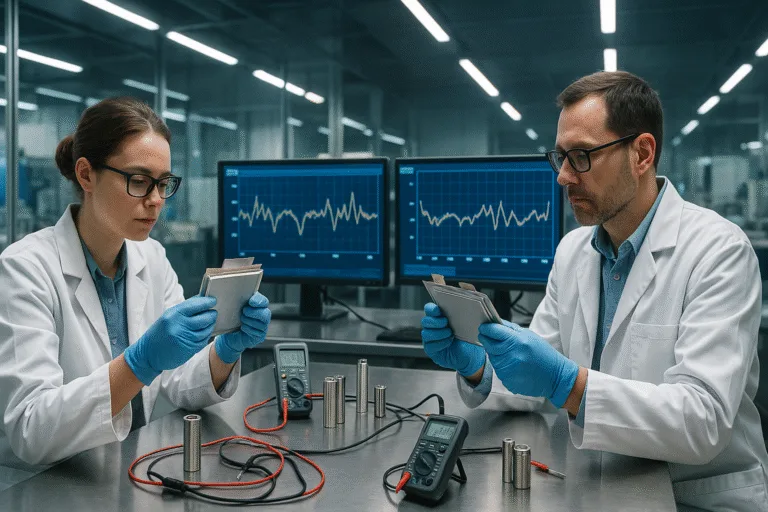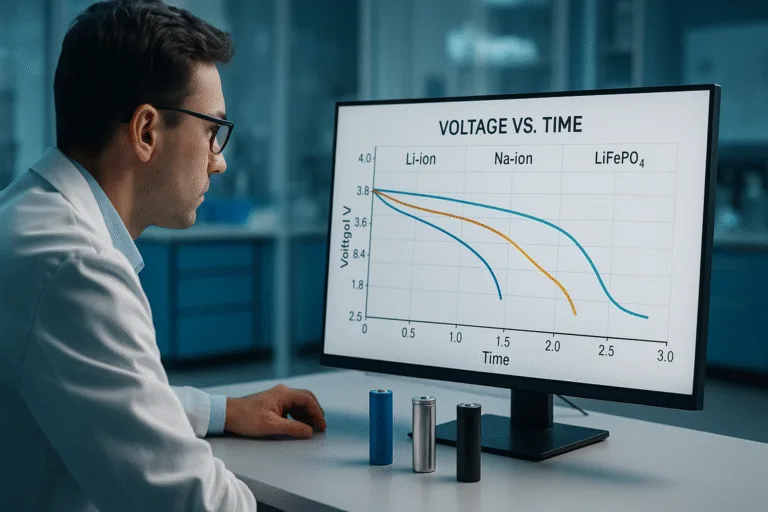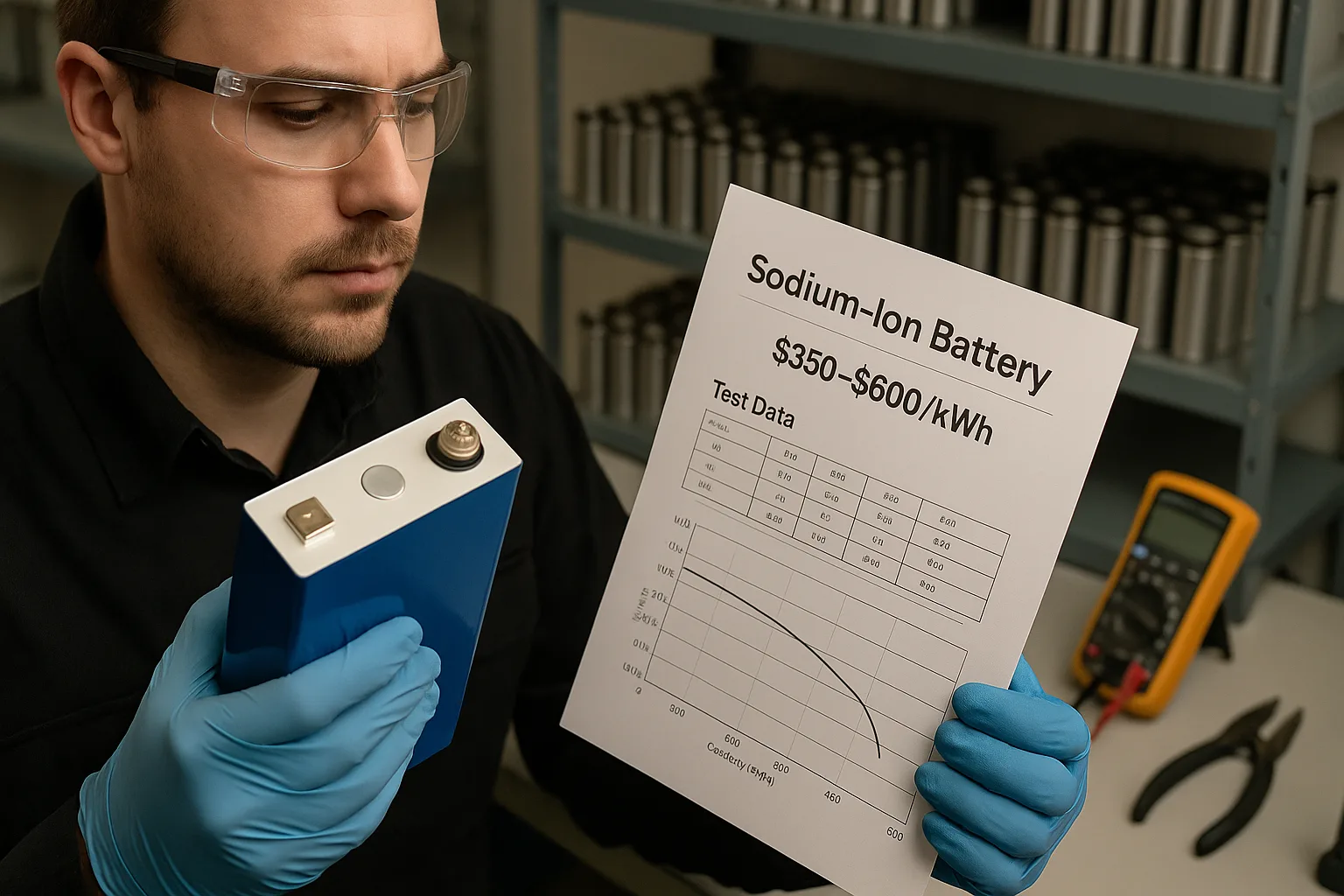
Sodium-ion batteries[1] are gaining attention for their affordability—but what do they actually cost right now?
As of today, the average price[2] of sodium-ion batteries ranges from $350 to $600 per kWh, depending on the manufacturer, battery capacity[3], and application scale. Prices remain higher than expected due to limited commercial production[4].
I recently reviewed price quotes from suppliers in China and Europe—let’s break down what these prices really mean.
How Much Do Sodium-Ion Batteries Cost Per kWh?
Looking to compare battery types by cost-per-kWh1?
Sodium-ion batteries typically cost between $350 and $600 USD per kWh. Pilot-scale production and emerging supply chains are still keeping costs above mass-market levels.
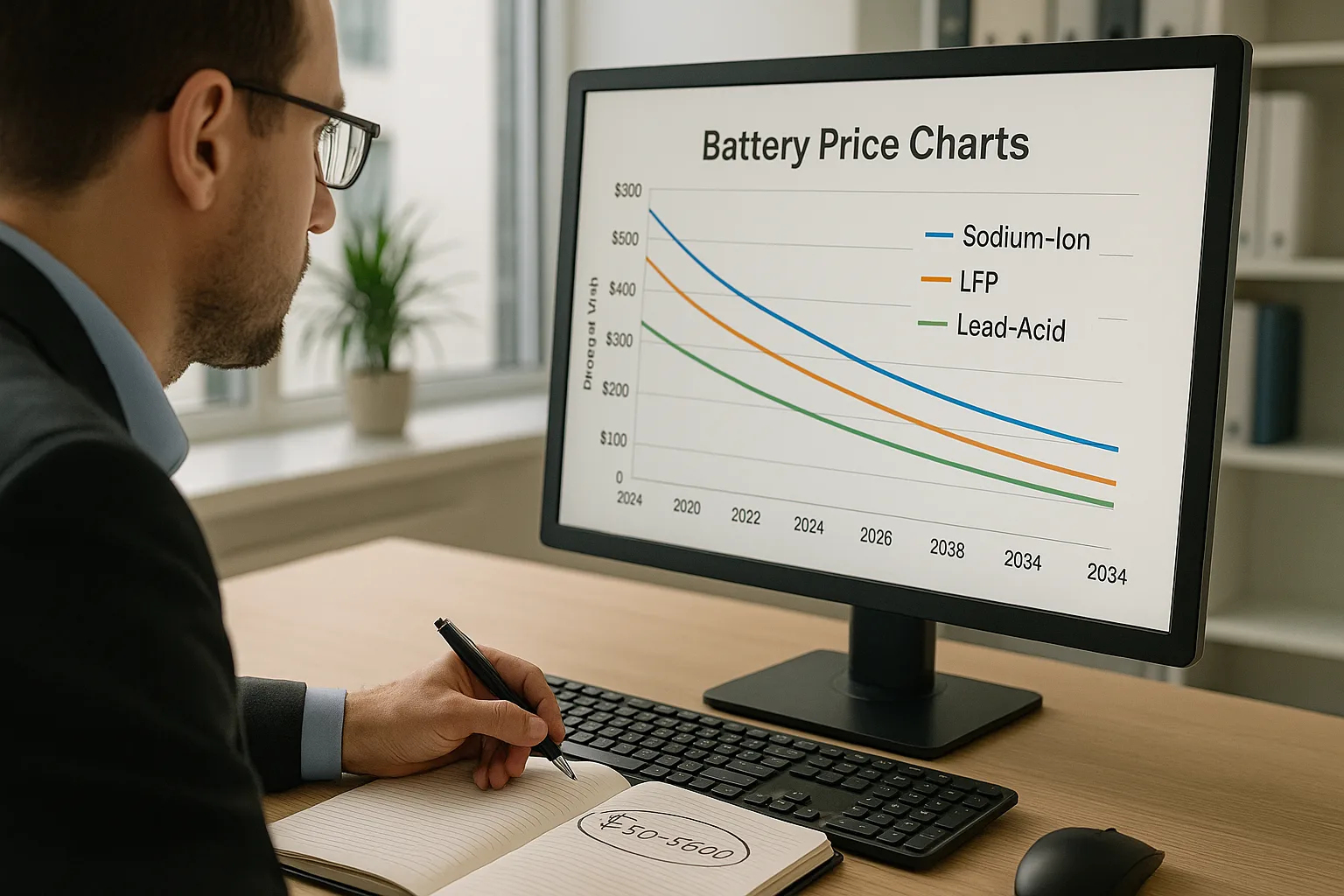
Per kWh Cost Breakdown
Here’s a basic comparison with other chemistries:
| Battery Type | Average Cost (USD/kWh) |
|---|---|
| Sodium-Ion | $350–$600 |
| LiFePO₄ (LFP) | $120–$250 |
| Lead-Acid | $100–$150 |
Sodium-ion has the potential to become cheaper than lithium-based batteries, but volume manufacturing is key to lowering the price.
Is Sodium-Ion Battery Technology More Affordable Than Lithium-Ion?
Many ask whether sodium-ion batteries are truly a cheaper alternative to lithium.
In terms of raw materials2, sodium-ion batteries are more affordable than lithium-ion. However, current production and R&D costs make them more expensive on a per-unit basis—for now.
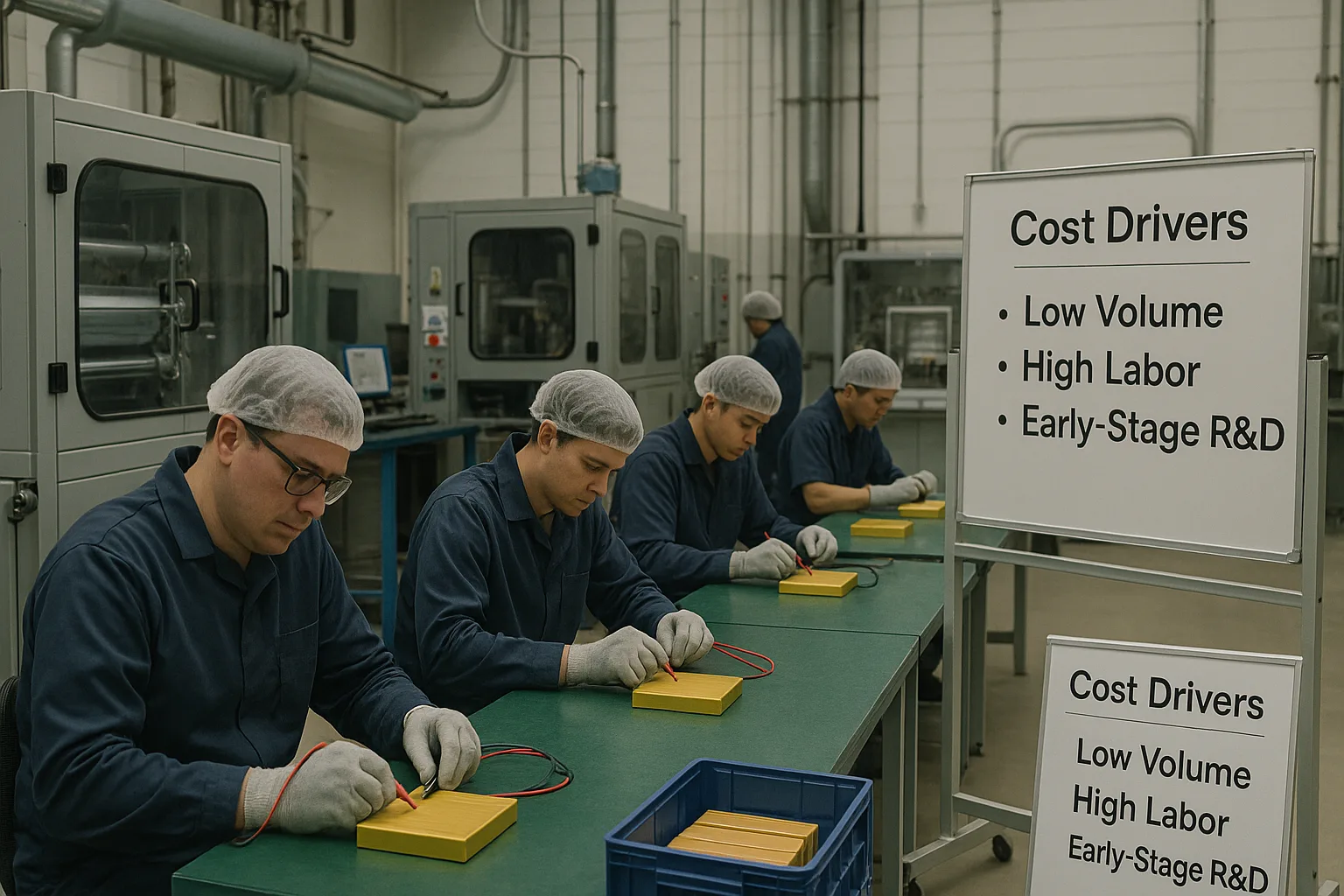
Affordability Comparison
Let’s compare both cost categories:
| Cost Category | Sodium-Ion | Lithium-Ion (NMC or LFP) |
|---|---|---|
| Raw Material Cost | Lower (sodium, iron) | Higher (lithium, cobalt) |
| Manufacturing Scale | Small-scale (high cost) | Mass-scale (low cost/unit) |
| Market Price (current) | Higher per kWh | Lower due to scale |
As production scales, sodium-ion could become the most cost-effective battery chemistry for grid and stationary use.
What Affects the Cost of Manufacturing Sodium-Ion Batteries?
You may wonder what drives the current cost of sodium-ion battery production.
Main cost factors include limited manufacturing scale3, specialized material processing, early-stage R&D investments, and lack of supply chain maturity4.
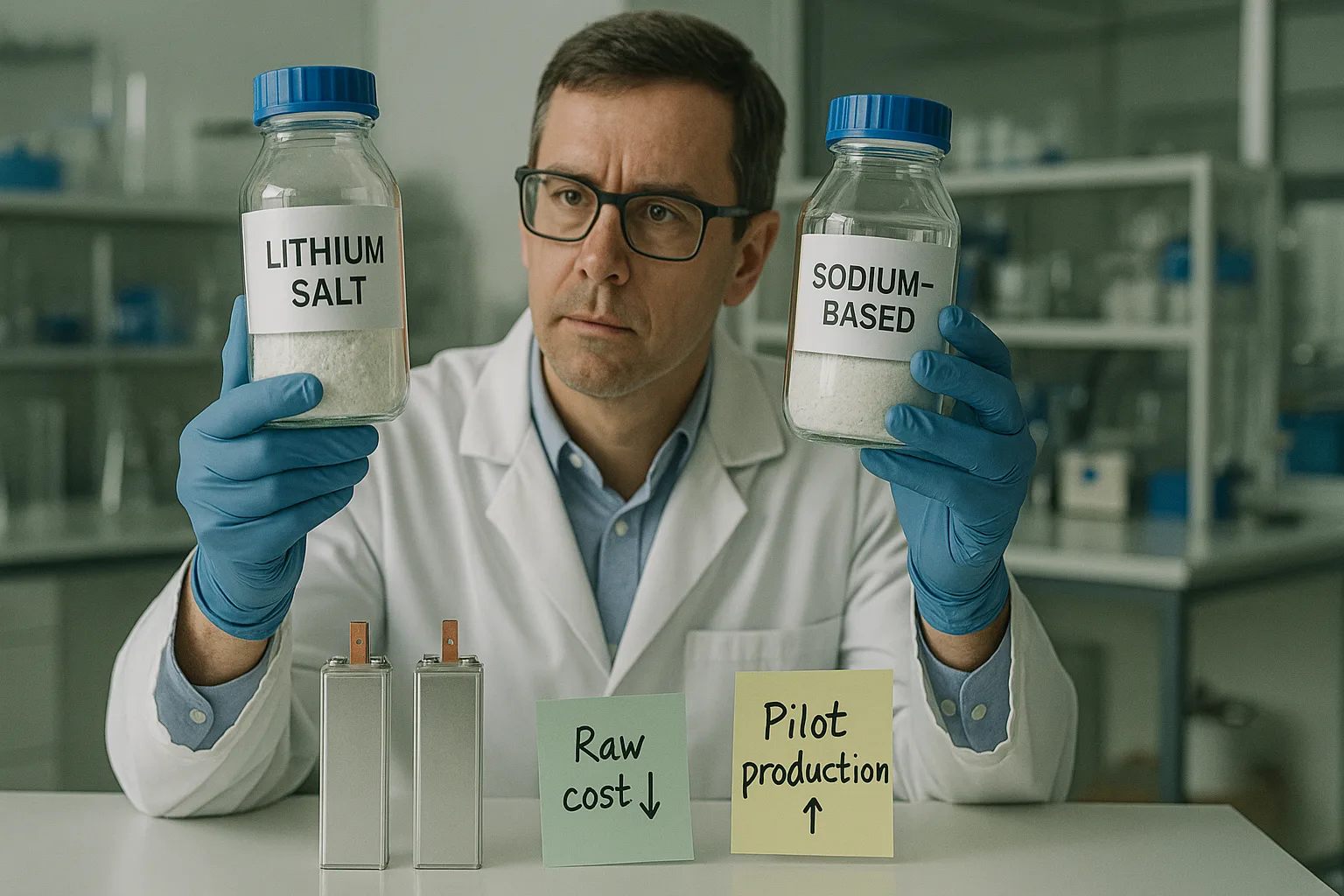
Sodium-Ion Cost Drivers
Here’s a breakdown of key cost influencers:
- Production Scale: Smaller volumes increase per-unit costs.
- Electrode Material Processing: Cathodes like NaFePO₄ or NaMnO₂ need optimization.
- Technology Maturity: Less automation, more manual testing and calibration.
- Supply Chain Gaps: Fewer vendors and logistics solutions increase cost.
| Factor | Impact on Cost |
|---|---|
| Low Production Volume | Higher fixed cost per unit |
| Limited Automation | More labor-intensive process |
| R&D and Testing Expenses | Increased upfront investment |
| Lack of Infrastructure | Delays and shipping surcharges |
Scaling up production and improving process efficiency will help reduce prices over time.
What Is the Price of Sodium-Ion Batteries in the Pakistan Market?
Wondering about sodium-ion battery availability and pricing in Pakistan?
Currently, sodium-ion batteries are not widely available in the Pakistan market5. Where available via imports, estimated prices range from PKR 100,000 to PKR 180,000 for a 5kWh unit, depending on import source and shipping costs.
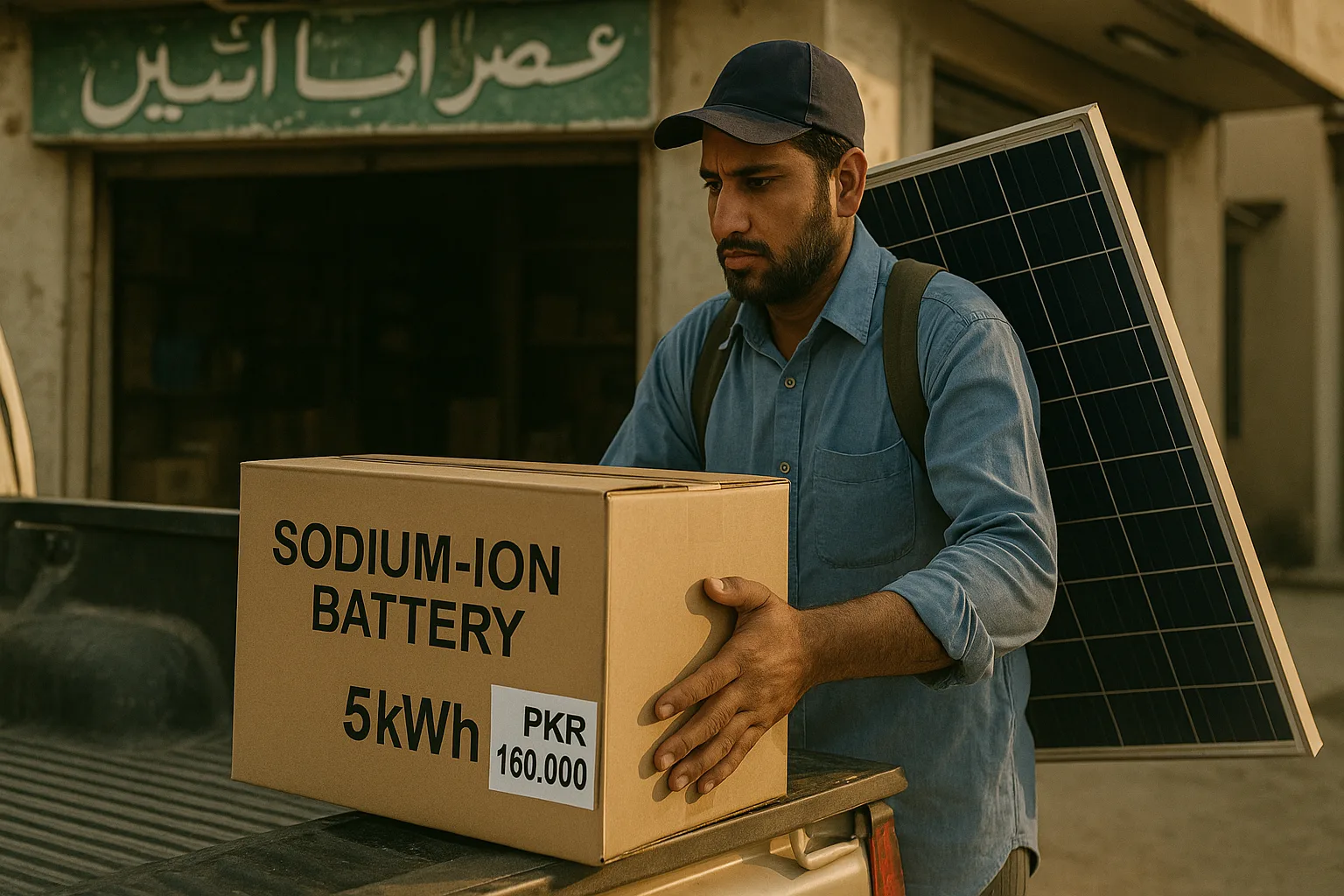
Local Market Snapshot
Here’s what affects sodium-ion battery prices in Pakistan:
- Import Reliance: Most batteries come from China or Europe with added shipping and customs costs.
- No Local Production: Lack of domestic manufacturing keeps prices high.
- Niche Demand: Low market demand6 means fewer bulk orders and higher per-unit prices.
| Capacity (kWh) | Estimated Price (PKR) |
|---|---|
| 1 kWh | PKR 20,000 – 35,000 |
| 5 kWh | PKR 100,000 – 180,000 |
| 10 kWh | PKR 200,000 – 350,000 |
Local dealers may begin stocking these batteries as demand for solar and backup storage grows.
Conclusion
Sodium-ion battery prices are currently higher than expected due to limited production, but their raw material advantages and safety make them a strong candidate for future cost leadership—especially in emerging markets.
-
Discover how cost-per-kWh is determined and its significance in comparing different battery technologies. ↩
-
Explore the raw materials that make sodium-ion batteries potentially more affordable than lithium-ion alternatives. ↩
-
Understanding the relationship between manufacturing scale and pricing can provide insights into future market trends. ↩
-
Learn how supply chain maturity impacts the cost and availability of sodium-ion batteries in the market. ↩
-
Get insights into the sodium-ion battery market in Pakistan, including pricing and availability, to assess local options. ↩
-
Understanding market demand can help predict future pricing trends and availability of sodium-ion batteries. ↩

